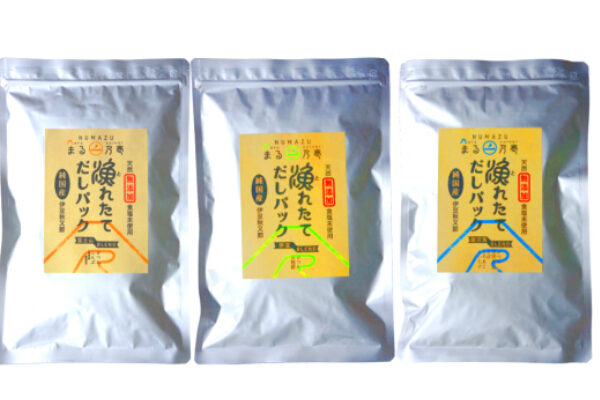Numazu: “Dried Bonito” to “Dried Mackerel”
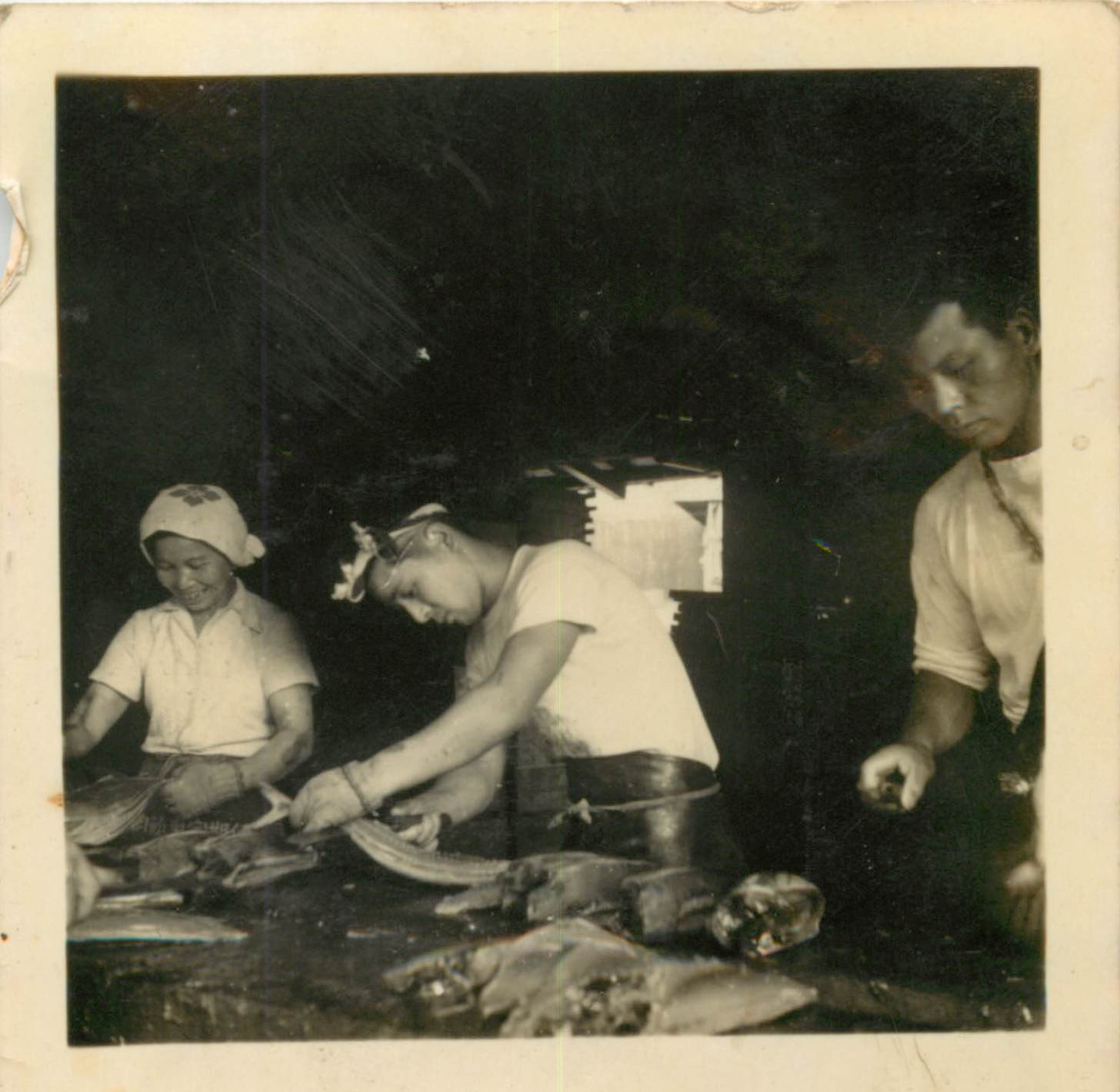
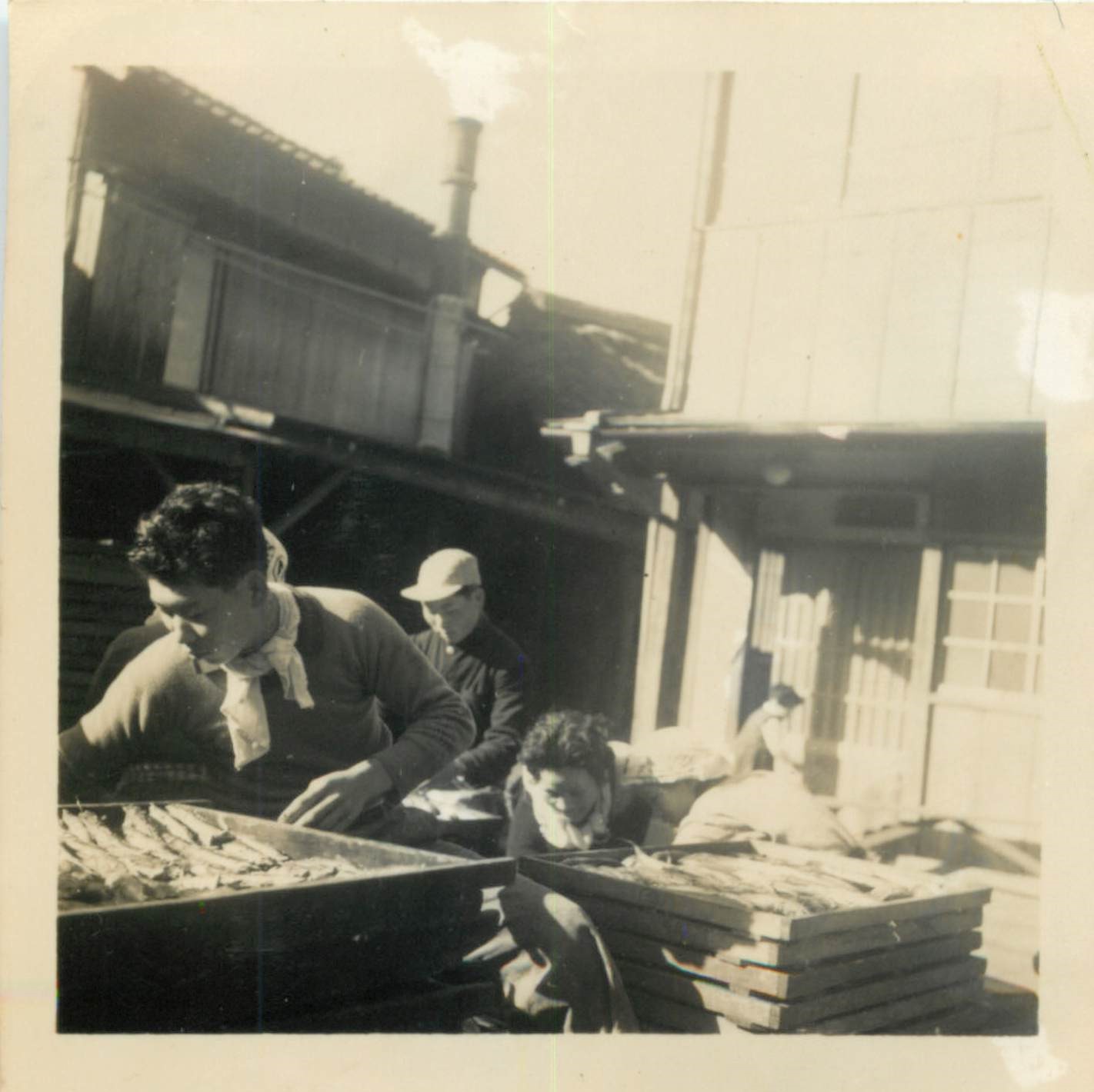
Numazu has been thriving with fisheries since ancient times because of its location by Suruga bay. There is a record that dried bonito made in Izu and Suruga area was brought and paid as a tax to the government officials during the Heian period. During the warring states period, the dried bonito from Numazu was paid to Hojo clan as a tax.
~Edo Era~
ーNumazuー
The dried bonito with delicious flavor, similar in quality to the modern one, was born because the drying and smoking techniques using natural firewood became widespread all over Japan. The Ukiyo-e by Ando Hiroshige who is one of the leading classical Japanese painters shows that Numazu was already known for its dried bonito production at that time.
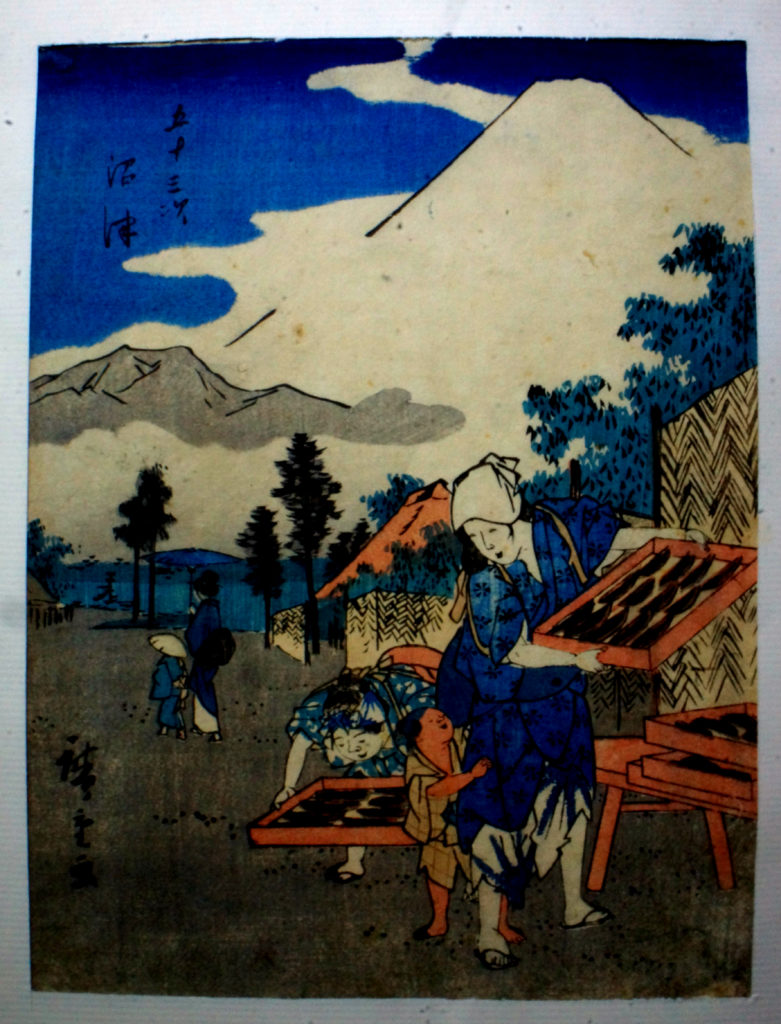
“Fifty-three stages of the Tokaido” by Ando(Utagawa) Hiroshige preserved in the Numazu History and Folklodre Museum
ーAkimataー
The ancestors of Akimata took up residence in Tabi, Suruga county(now called Suntou-gun).
Since the area had been thriving with fisheries, they engaged in dried fish production. They identified themselves as “Great Tabi” and started business. They are still called “Great Tabi” by some of the locals now.
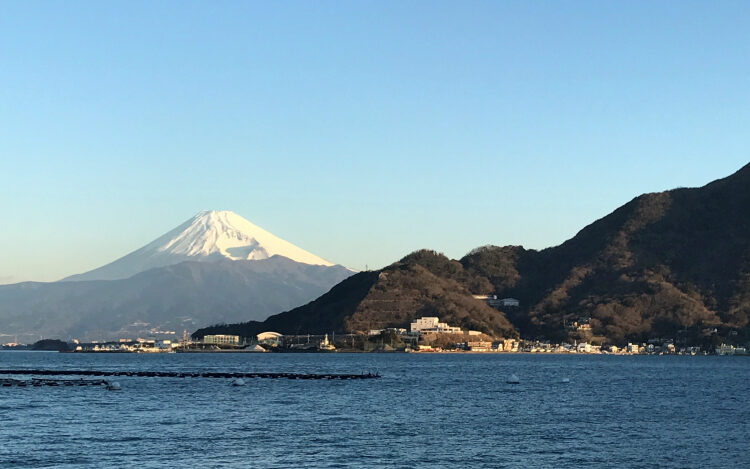
![]()
Later, they called themselves by the trademark “Marunoichi”, and increased their business to Edo(Tokyo). They worked in wholesale of dried bonito, dried sardine, and other kinds of dried fish. Dried bonito was a luxuary food that only the upper class could buy during the time.
~Meiji Era~
ーNumzauー
Dried bonito became widespread among commoners. Some fish products made by the manufacturers in Numazu and Suruga-gun were selected to exhibit at “Domestic Industrial Exposition”.
ーAkimataー
- The dried bonito and dried Mejika(now called Soda bonito) made by Akiyama Yashichi, one of our ancestors, were selected to exhibit at “The Fifth Domestic Industrial Exposition” in 1903.
~Taisho Era~
ーNumazuー
Dried bonito and dried sardine were the leading processed marine products made in Numazu.
ーAkimataー
According to
the statistics of 1921, Tabi excelled in the production value of dried bonito compared to the other areas in Suntou-gun.
~Showa Era~
ーNumazuー
Numazu was known as one of the Japan’s leading dried bonito production areas.
The production of dried mackerel in Numazu significantly increased.
- In 1960, the production of dried mackerel surpassed the one of dried bonito in Numazu for the first time in history.
- In 1967, Numazu produced the largest amount of dried mackerel in Japan.
- In 1972, Numazu’s market share of dried mackerel grew to the top, with more than 50% of the total domestic production.
- In 1966, again, Numazu’s market share of dried mackerel returned to the top, with more than 50% of the total domestic production.
ーAkimataー
In early Showa era, Akiyama Sei named the company “Akimata Suisan” after his father’s name “Matakichi.”
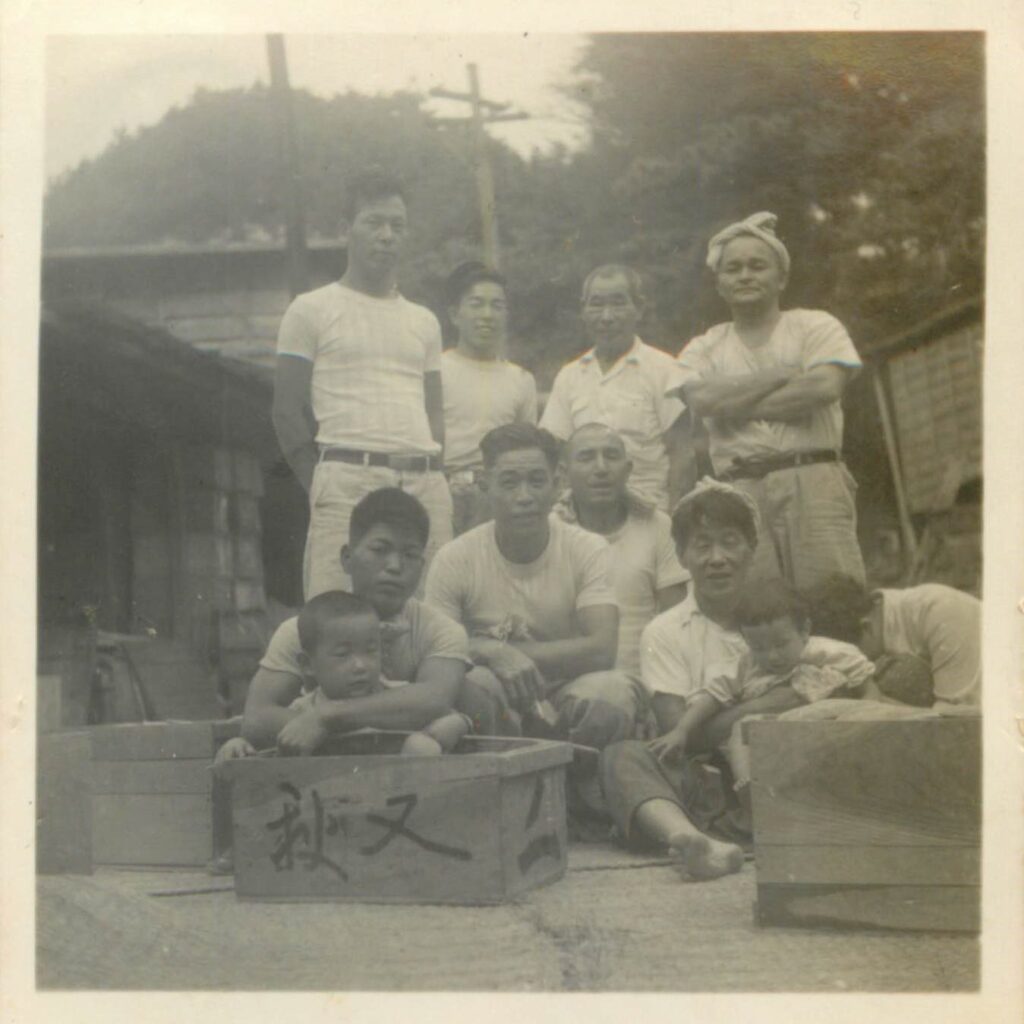
- On March 3rd 1976, Akimata was incorporated officially as a limited liability company.
- In 1988, the company-operated-store opened.
~Heisei Era~
ーNumazuー
Dried mackerel made in Numazu became well known all over Japan.
- In 1996, again, Numazu’s market share of dried mackerel returned to the top, with more than 50% of the total domestic production.
Akimata Suisan, llc. has kept manufacturing dried mackerel, bonito, Soda bonito, horse mackerel, and sardin from scratch using the traditional techniques from the Edo period.
参考文献
宮下章.「鰹節」上巻(1989)
沼津市民歴史俗資料館「沼津のひもの・かつおぶし」2019
第五回内国勧業博覧会事務局編・刊「第五回内国勧業博覧会出品目録」1903


